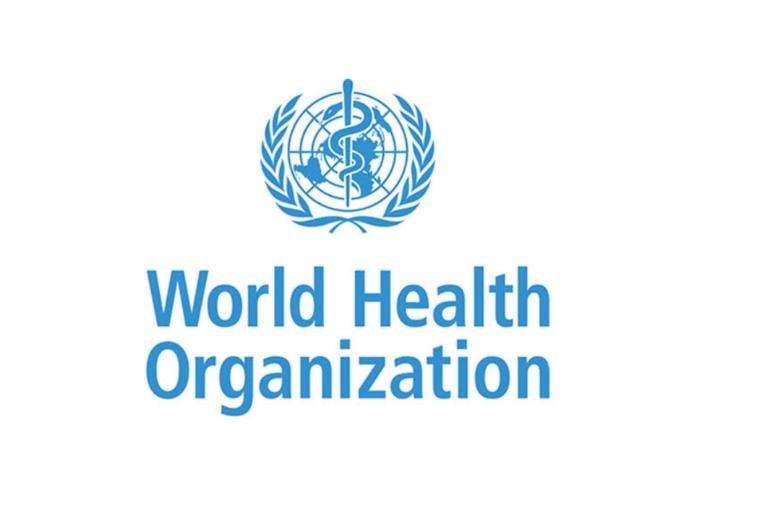The World Health Organisation (WHO) has identified pregnancy-related complications as a leading cause of maternal deaths globally.
These complications include haemorrhage, a severe form of heavy bleeding, and hypertensive disorders like preeclampsia.
A recent study by the organisation highlights that haemorrhage, which commonly occurs during or after childbirth, accounts for nearly 27 per cent of maternal deaths.
Preeclampsia and other hypertensive disorders contribute to 16 per cent.
According to WHO, these complications were responsible for approximately 80,000 and 50,000 deaths, respectively, in 2020.
Maternal complications
Maternal complications also known as pregnancy-related complications, refer to health problems that arise during pregnancy, childbirth, or the postpartum period, affecting the mother’s well-being and sometimes endangering her life.
These complications can result from underlying health conditions, infections, poor nutrition, inadequate medical care, or pregnancy-related disorders such as hypertension, severe bleeding, and gestational diabetes.
Some complications develop due to pre-existing illnesses like heart disease or anaemia, while others, such as postpartum haemorrhage and preeclampsia, occur specifically because of pregnancy.
Study findings
Despite advancements in maternal healthcare, pregnancy-related complications continue to claim thousands of lives each year.
A recent study by the health organisation highlights haemorrhage as the leading cause of maternal deaths globally, accounting for 27 per cent of cases, with an uncertainty interval of 22–32 per cent.
This is followed by indirect obstetric deaths at 23 per cent (18 to 30 per cent) and hypertensive disorders, including preeclampsia, at 16 per cent (14 to 19 per cent).
The study also identifies other contributors to maternal mortality, including sepsis, infections, pulmonary embolism, complications from spontaneous and induced abortions,such as miscarriage, ectopic pregnancies, and unsafe procedures,anaesthetic complications, and birth-related injuries.
According to the findings, maternal mortality is not evenly distributed across regions.
Haemorrhage-related deaths are highest in sub-Saharan Africa, Western Asia, and Northern Africa, while hypertensive disorders contribute most significantly to maternal deaths in Latin America and the Caribbean.
The study also notes that the majority of maternal deaths caused by haemorrhage and sepsis occur during the postpartum period.
Beyond obstetric complications, the study highlighted the impact of underlying health conditions on maternal mortality.
Infectious and chronic diseases such as HIV/AIDS, malaria, anaemia, and diabetes contribute to nearly 23 per cent of pregnancy-related deaths.
It added that many of these conditions go undiagnosed or untreated until they lead to severe complications, increasing risks for expectant mothers.
The study also raised concerns about the lack of comprehensive data on maternal suicides and late maternal deaths, those occurring between 42 days and one year after childbirth.
It revealed that only 12 countries record maternal suicides, with rates ranging from below 1 per cent to 26 per cent of maternal deaths.
Among countries reporting late maternal deaths, the ratio of these to deaths within 42 days after delivery ranged from 0.01 to 0.07.
READ ALSO: Funding cuts jeopardise global fight against tuberculosis – WHO
Improved maternal care
The study reinforced the urgent need to strengthen maternity care, particularly in low-resource settings.
It emphasised the importance of comprehensive antenatal services to detect and manage risks early in pregnancy, as well as emergency obstetric care to address life-threatening complications such as haemorrhage and embolism.
The study suggested that population-level interventions, including improved access to nutrition and better management of noncommunicable diseases, could help mitigate underlying health risks that contribute to maternal deaths
Read the full article here


